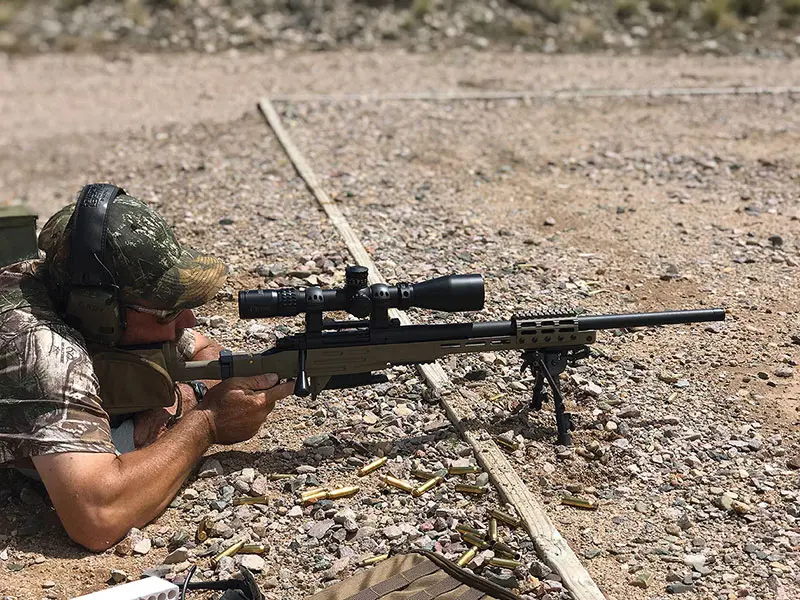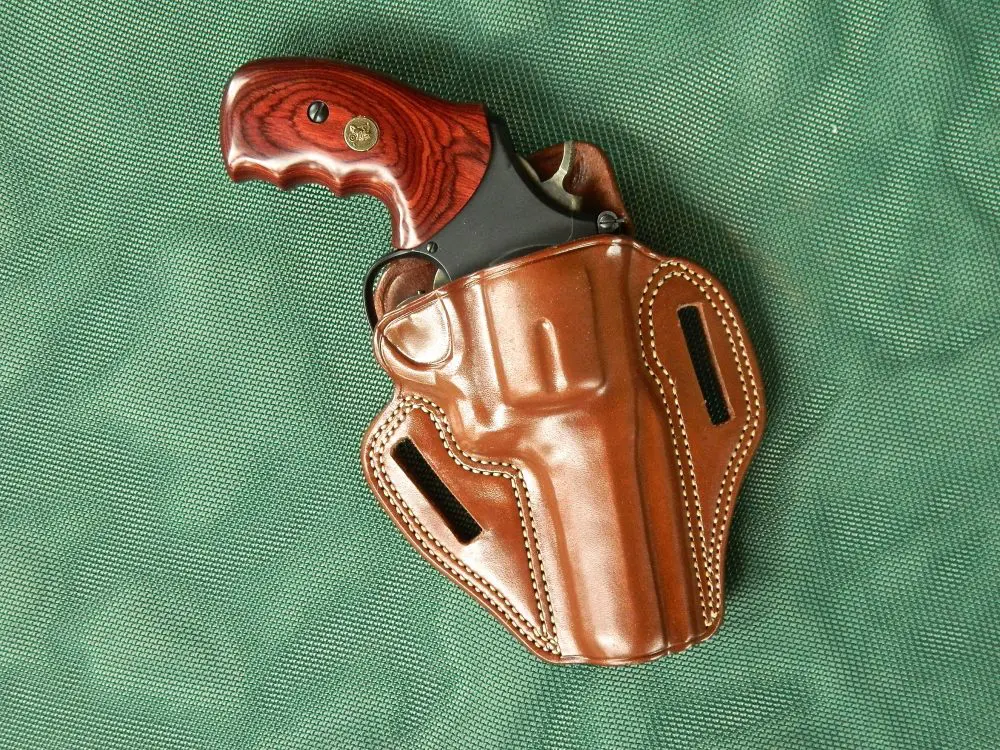Today we are going to examine one of my favorite concepts: failure. The reason I like failure so much is because, through years of intimate knowledge, I’ve grown accustomed to her craggy face.
Sure, I have succeeded in a few dicey situations, but more commonly I’ve also made every possible mistake, screw-up, error, fault, blunder, bungle and brain-fade known to mankind. I’m just fortunate that either fate or good partners were covering my bacon at the time.
I have noticed that the people whom I respect as warriors have a common trait: their operational briefings (i.e., “war stories”) frequently include tales whose punch line points out how badly the storyteller screwed up but still managed to survive and fight another day. There is an important idea at work here: the best fighters are quick to point out their own mistakes so that others may learn. Moreover, they first take their own medicine and learn themselves from all those embarrassing moments that fortunately weren’t fatal.
As I count the increasing number of gray hairs in my out-of-control mustache, I have grown to realize that the lessons we truly remember usually involve failures. Human nature is such that the steps leading to success often make only a limited impact on our brain. Ignominy, on the other hand, makes an immediate and often painful impression on the mind and sometimes body. Those lessons we remember in glaring, perfect detail.
That explains why you cannot remember the exact words to your wedding vows, but you recall, with exceptional clarity, everything said when Suzy Jones turned you down for a date to the Junior Prom. This phenomenon of remembering the pain and humiliation of a mistake can be turned into a valuable asset for the open-minded and self-assured warrior.
There is a reason I chose to ponder this particular topic. It is my humble opinion that in the tactical world there is too often a surplus of macho bull feces being flung around instead of honest appraisal of equipment, tactics and performance during after-action reviews. Pick your reason for this state of affairs: lack of self-confidence, fear of losing face or occupational concerns (usually based on prior experience) that someone will unfairly be made into a scapegoat. Usually, it is a witch’s brew of these and other factors that prevent honest appraisals of performance.
Regardless, our “industry” doesn’t do a good job of acknowledging that a careful examination of failures is key to making the future safer. Just ask any commercial pilot about how their industry handles a noteworthy incident. As tactically minded individuals and institutions, we need to embrace failure and recognize it as a valuable tool for learning rather than a black mark on our backs.
There is a natural reluctance to discuss our shortcomings. Nobody willingly puts themselves into the emotional dunking booth in order to have spitballs thrown at their psyche. However, if we are to grow as warriors, we must ignore the ego bruising in order to see the truly important lessons learned from our experiences.
As a pink-cheeked, eager young officer attending my first SWAT training session years ago, a wise old sergeant told me: “If everything went perfect [on an operation], either something is seriously wrong or you’re too stupid to recognize a problem.”
Eventually, the more live operations I had under my belt, the more I understood his point: there are always lessons to learn because no job goes off without a hitch or two.
One special target of my poison pen is the instructors of the world. I have trained under literally the best teachers in the world, but I have also been under the tutelage of some real duds. As stated previously, I always apply this simple test: if an instructor can tell you about a time they themselves royally screwed up, they have the experience and humility to be a good teacher. Apply this test to some of the “cult of personality” instructors. Many of them fail.
That pretty much defines irony, doesn’t it?
The best way to learn from failure is via the debriefing session. This could range from a simple mental review of a recent experience to a full-blown formal inquiry of a major incident. In either case, if the participants and moderators can hold their egos in check long enough to recognize the value of careful and non-emotional dissection of the event, the lessons learned can make a serious difference in the health and safety of those who will eventually follow in the same footsteps.
In my own case, I make it a point to talk with my shift personnel about incidents as soon as possible afterward. It might be something as trivial as an uneventful building search that offered a good teaching point or it might be a major screw-up that could have gotten someone hurt. We meet somewhere and discuss what went right and what went wrong. We try to be respectful of other’s feelings, but the goal is to make sure everyone understands how they can do a better job of staying safe.
Even if you aren’t part of a team, you should review incidents in your own life for possible lessons. Be brutally, painfully honest with yourself. Pat yourself on the back for the good things, but totally embrace and understand where you could have done better.
My simple plea for everyone, from the first-time shooter to the military special operations hardbody with 36 confirmed knife kills, is this: take failure as the best learning opportunity in your educational toolbox. Be intelligent enough to know what went wrong and humble enough to discuss calmly how things might go better next time. If you approach this procedure with the right attitude, you will be surprised how relatively painless (but incredibly useful) the process can be.
It is certainly less painful than waiting until a large-caliber hole in some part of your personal real estate serves to refresh your memory about an important tactical principal.





